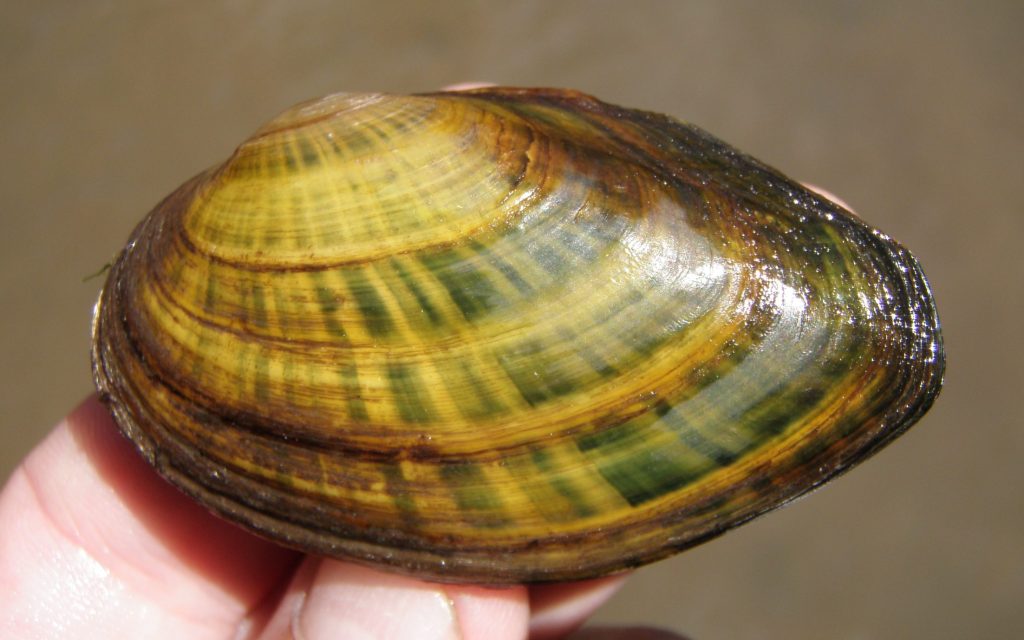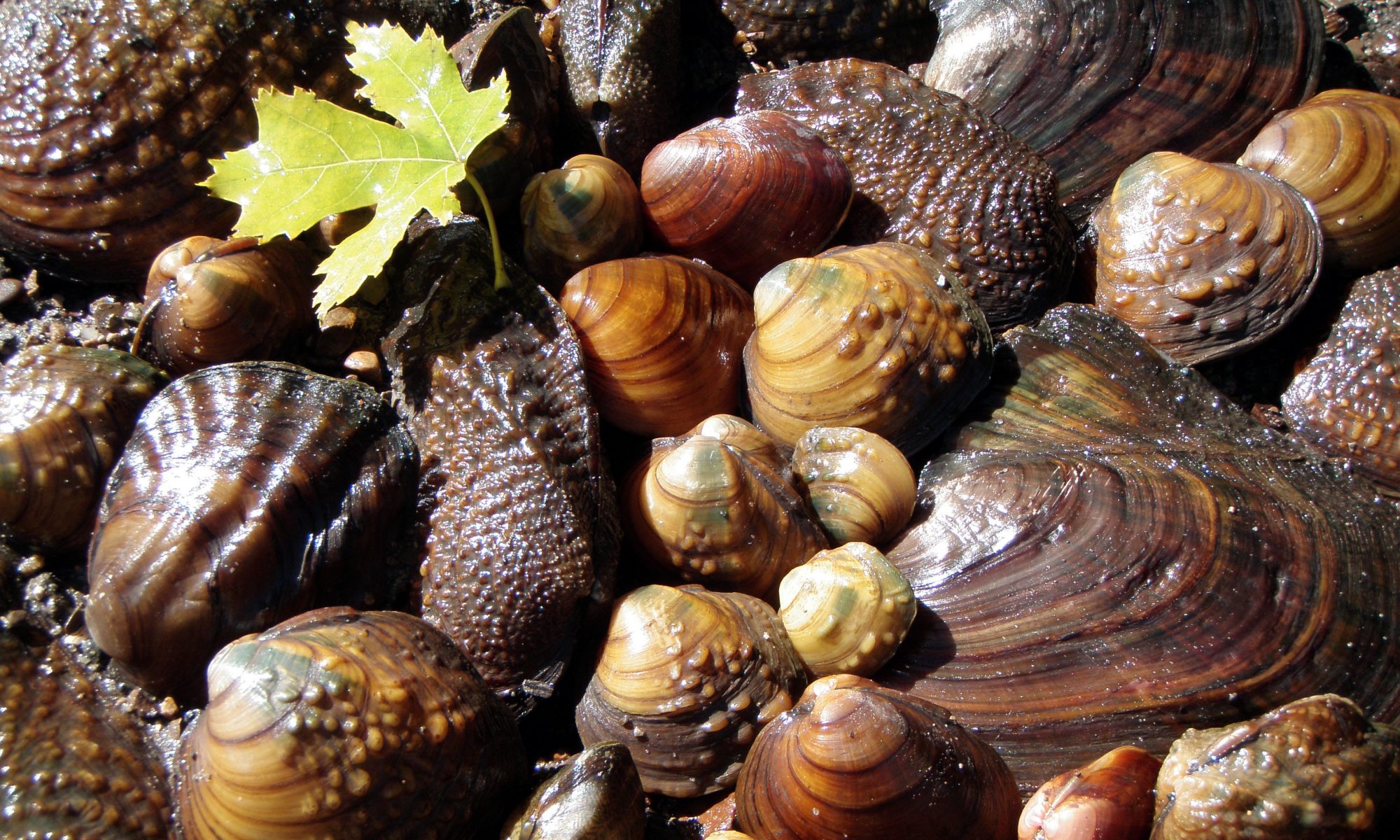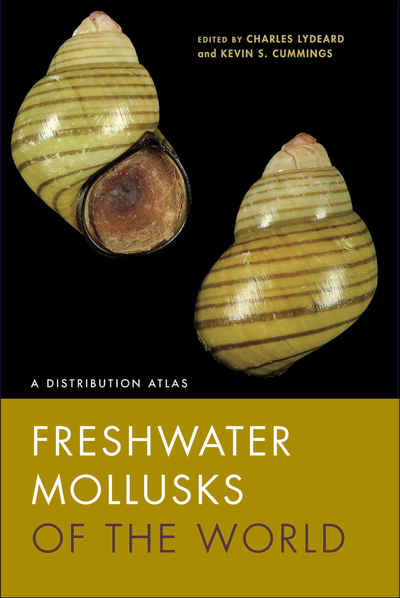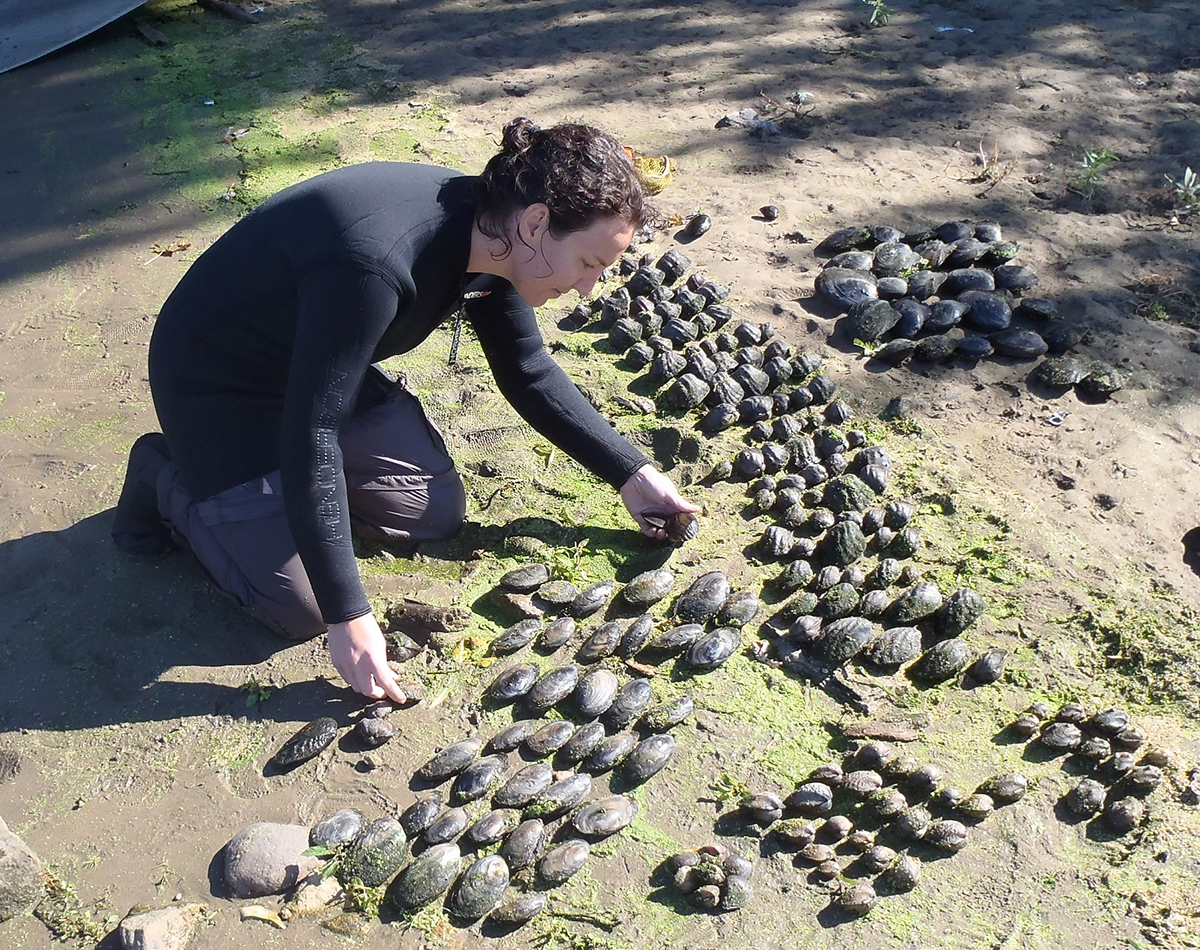
Freshwater mussels are important animals in the riverine ecosystem and serve several roles. They actively filter sediment and bacteria, they stabilize and aerate substrates, and they deposit nutrients and food for other bottom-dwelling species. Unfortunately, many species of mussels – over 60% – are imperiled. The Vermilion of the Wabash River basin in east-central Illinois and western Indiana supports populations of several rare and imperiled mussel species, though researchers need updated information on the size and age structure of these populations to accurately conserve them. A new study funded by the US Fish and Wildlife Service and Illinois Department of Natural Resources will provide updated population information for this basin. If you’d like to learn more about these efforts, email lead investigators – Alison Stodola or Sarah Douglass. They are hosting an informational seminar for landowners or interested parties on February 13 at 10 am at Kennekuk County Park in the Environmental Sciences Center.
RSVP for the seminar at go.illinois.edu/MusselTalk.



